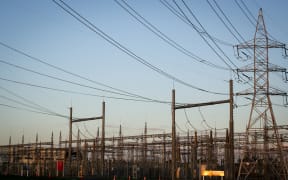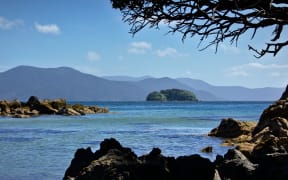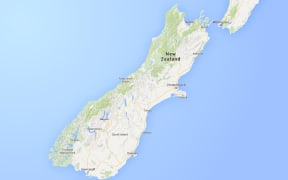The battle lines have been drawn in a rigorous debate over how Stewart Island's electricity should be supplied.
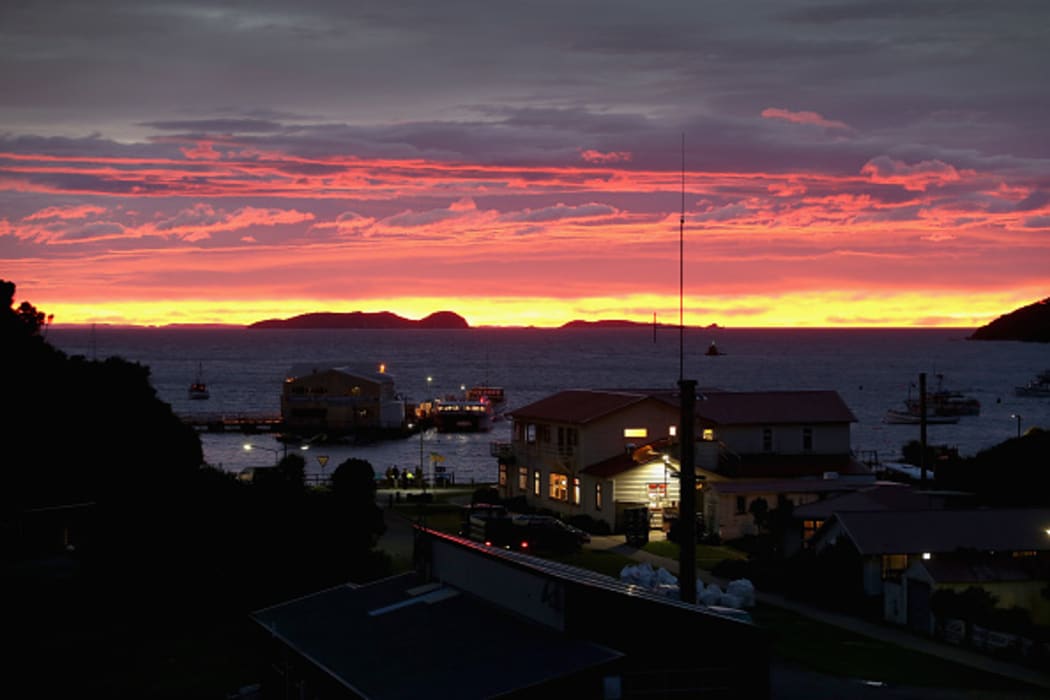
Sunrise over the Southsea Hotel in Oban, Stewart Island, in May 2015. Photo: Getty Images
Venture Southland, which is part of the Southland District Council, is looking at a variety of eco-friendly solutions to replace the island's current diesel power station, which burns $500,000 of fuel each year. Even an undersea cable is being considered, which could cost up to $36 million - or almost $100,000 per resident.
The 380 residents of Stewart Island, meanwhile, seem largely happy with the current situation and are reluctant to let go of their diesel power station.
Electricity on Stewart Island costs three times as much as in Invercargill - and the residents' response has been to simply use less, with many burning coal or wood instead to stay warm.
Many can remember the days when they relied on hand-cranked generators in the back garden, and so the power station is still seen as a huge leap forwards.
Venture Southland project manager Robin McNeill said his personal dream was a "super green" Stewart Island with renewable, ecological sources of electricity and even electric cars.
In combination with a plan to eradicate pests from the island, Mr McNeill's vision could turn Stewart Island into the Jurassic Park of eco-tourism.
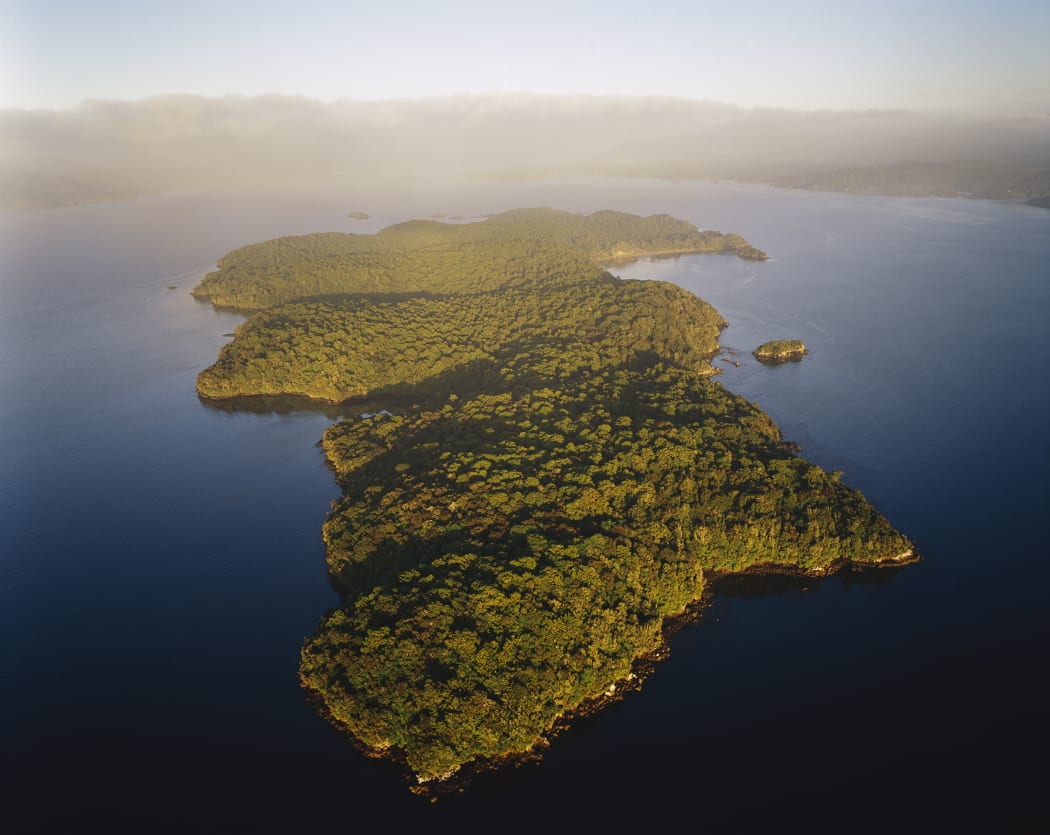
Stewart Island could become a global magnet for eco-tourism, Venture Southland's Robin McNeill says. Photo: Rob Brown / Hedgehog House / Minden Pictures / Biosphoto
But some locals dismiss these ideas as being driven by fashion and perception.
Jill Skerrett, who runs the local Four Square store and is one of the island's biggest users of electricity, said she favoured keeping things just the way they were.
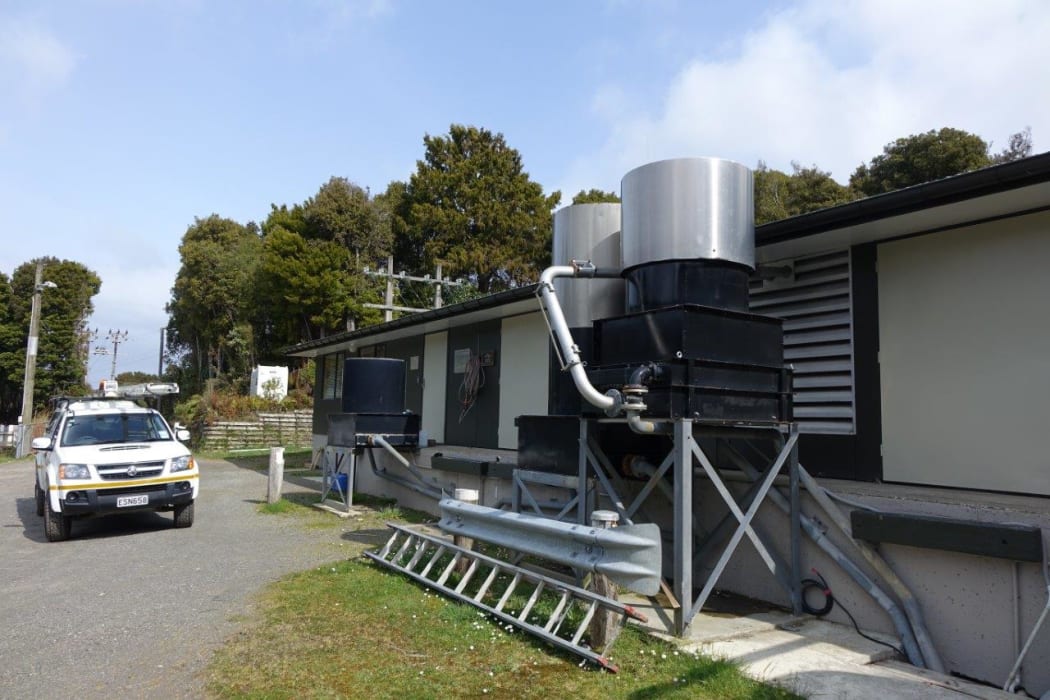
Stewart Island power station. Photo: RNZ / Peter Newport
The largest user of electricity on the island is the main accommodation provider, the South Sea Hotel, which accounts for 18 percent of the power station's total output.
Helen Cave, who runs the hotel, agreed with Ms Skerrett. "I think there's a lot of fashion involved in these alternative energy ideas, and of course we want cheap power. But just signing up to the idea doesn't mean it's going to happen."
On that point she finds agreement with Venture Southland.
Mr McNeill has also found that the distance between a good idea and a practical outcome can be daunting.
"The cost of an undersea cable is eye watering" he said, adding that local oyster bed operators could easily end up dragging the power cable to the surface or even breaking it.
In the immediate future, Venture Southland will concentrate on assessing the viability of wind, hydro and solar power solutions.
They will also try to figure out the answer to a bigger challenge: how to convince the residents of Stewart Island that any type of power supply change is a good idea, or even necessary.

